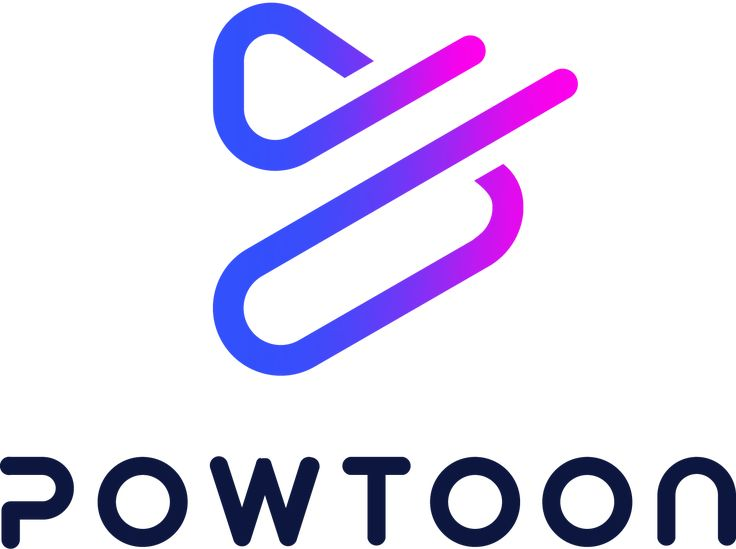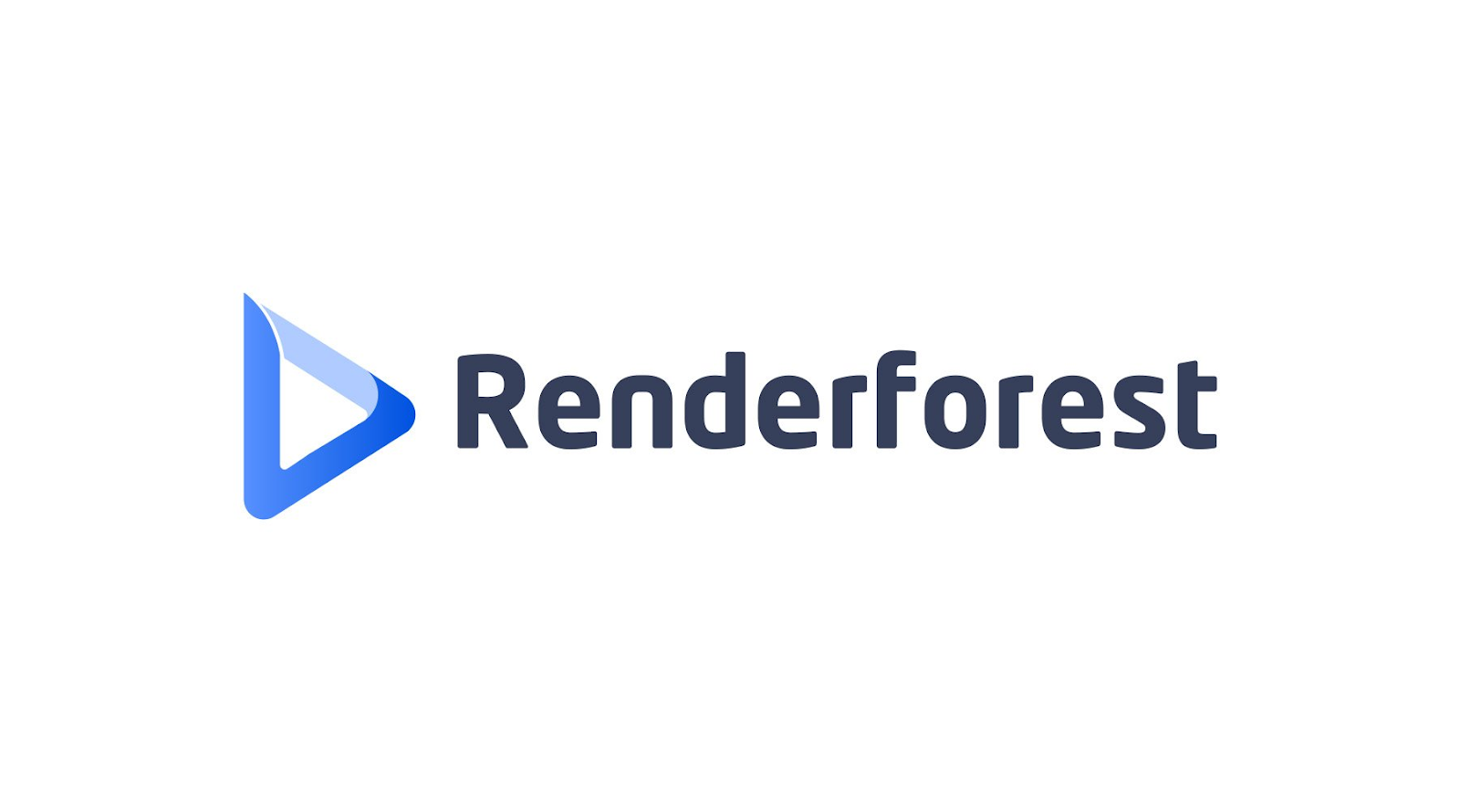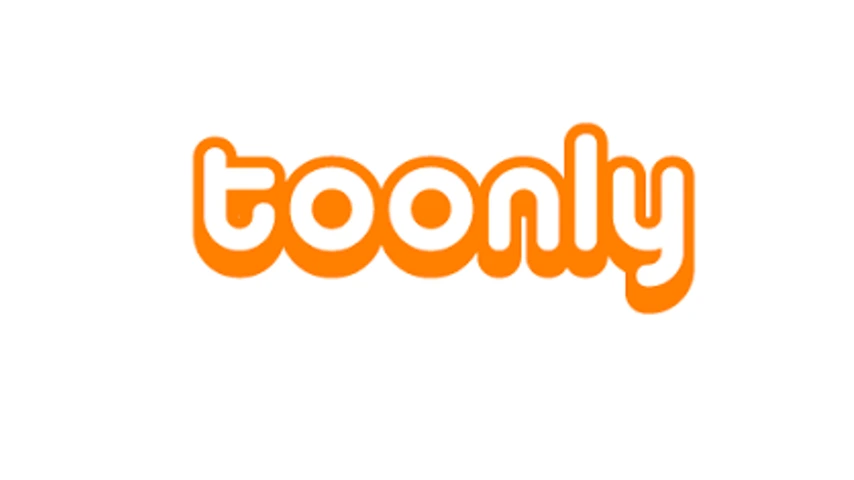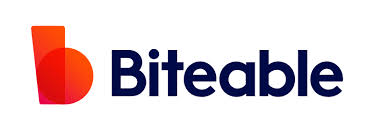Introduction
In the digital age, a compelling explainer video can be the difference between capturing interest and losing it altogether. Whether it’s a startup introducing a new product, a company explaining its services, or an online educator simplifying complex topics, explainer videos make communication more engaging and effective.
With the rise of artificial intelligence (AI) and automation, creating professional-quality explainer videos is now easier than ever. Gone are the days when you needed expensive software or professional animators to craft compelling videos. Today, various explainer video makers offer user-friendly interfaces, AI-powered features, and vast libraries of assets, enabling users of all skill levels to create high-quality content.
However, with so many options available, choosing the right explainer video maker can be overwhelming. Each platform comes with unique features, pricing models, and customization options. Some cater to businesses looking for corporate-style animations, while others focus on social media-friendly video creation. That’s why we’ve created this detailed comparison of the top 10 explainer video makers in 2025—to help you find the best tool based on your needs.
Before diving into the list, let’s look at the key factors to consider when selecting an explainer video maker.
Criteria for Comparison
When selecting the best explainer video maker in 2025, it’s essential to evaluate several critical aspects. Here are the key factors that will help you make an informed decision:
1. Ease of Use
Not everyone is a professional video editor or animator. A great explainer video maker should offer an intuitive interface that allows users to create videos with minimal effort. Features like:
- Drag-and-drop functionality
- Pre-made templates
- AI-assisted video generation
- Beginner-friendly navigation
These elements make the tool accessible to both beginners and professionals, reducing the learning curve.
2. Features & Customization
A good explainer video maker should provide flexibility in design and storytelling. Customization options are crucial for branding and ensuring the video aligns with your message. Look for:
- Various animation styles (2D, 3D, whiteboard, motion graphics)
- Character customization (facial expressions, gestures, clothing)
- AI-generated scripts and voiceovers
- Rich asset libraries (stock videos, icons, illustrations, background music)
- Advanced editing tools for transitions, overlays, and effects
3. Pricing & Plans
Pricing is a crucial factor, especially for startups and small businesses with budget constraints. Most explainer video makers offer multiple pricing tiers, including:
- Free plans with limited features
- Monthly or annual subscriptions
- Pay-per-video pricing models
- Enterprise-level packages for businesses
Understanding the cost-benefit ratio will help users select a tool that meets their budget without compromising on quality.
4. AI & Automation Capabilities
Artificial Intelligence is playing a significant role in video creation. The best explainer video makers in 2025 integrate AI to enhance productivity and creativity. AI-powered features include:
- AI script generation – Generates video scripts based on input keywords.
- AI voiceovers – Converts text to speech in various languages and tones.
- Automated animations – AI-driven animation effects and transitions.
- Smart editing – Automatically trims, resizes, and enhances video quality.
These features save time and effort, making video production more efficient.
5. Export & Integration Options
Once the video is created, the ability to export it in high quality and integrate it with various platforms is essential. The best explainer video makers should offer:
- HD and 4K video exports
- Compatibility with social media platforms (YouTube, Instagram, LinkedIn, TikTok)
- Integration with marketing tools like HubSpot, Mailchimp, and Canva
- Cloud storage options for easy collaboration and sharing
6. Customer Support & Community
Reliable customer support can make a big difference, especially when dealing with technical issues. Users should look for platforms that provide:
- 24/7 live chat or email support
- Comprehensive knowledge bases and tutorials
- Active user communities and forums
- Webinars and learning resources for skill improvement
By evaluating an explainer video maker based on these criteria, users can ensure they choose a tool that meets their needs in terms of functionality, ease of use, and cost-effectiveness.
Now that we have established the key factors to consider, let’s explore the top 10 explainer video makers in 2025 and see how they compare.
2. Top 10 Explainer Video Makers in 2025
The demand for explainer videos continues to grow, with businesses, educators, and content creators relying on them to communicate ideas effectively. The best explainer video makers offer easy-to-use tools, AI automation, and customizable templates to simplify video creation. Below is a detailed overview of the top 10 explainer video makers in 2025, their features, and their best use cases.
1. Vyond
Best for: Businesses, corporate presentations, and e-learning
Vyond is a professional-grade explainer video maker widely used in corporate settings for presentations, training, and marketing. It offers a vast library of customizable characters, animations, and AI-powered voiceovers, making it ideal for businesses that need high-quality, polished videos.
Key Features:
- AI-assisted scriptwriting and voiceover capabilities
- Character animations with realistic facial expressions and lip-syncing
- Library of business-focused templates for training and marketing
- Integration with PowerPoint and learning management systems for seamless workflow
Why Choose Vyond?
Vyond is perfect for organizations that need polished, professional-looking videos for corporate communication, training, and branding.
2. Animaker 
Best for: Beginners, small businesses, and startups
Animaker is a user-friendly explainer video maker with a simple drag-and-drop interface. It is designed for beginners and non-designers who want to create animated videos without technical expertise. The platform provides a variety of animation styles, including 2D, whiteboard, and typography-based videos.
Key Features:
- AI-powered auto lip-sync and voiceover generation
- Pre-built templates with customizable animations
- Huge collection of stock images, characters, and icons
- Cloud-based platform for team collaboration
Why Choose Animaker?
If you’re looking for an affordable and easy-to-use tool to create animated explainer videos quickly, Animaker is a great option.
3. Doodly
Best for: Whiteboard animations and educational content
Doodly specializes in whiteboard-style animations, making it an excellent choice for educators, trainers, and businesses that want to present information in a visually engaging way. The software allows users to create hand-drawn explainer videos using pre-made sketch images or custom illustrations.
Key Features:
- Whiteboard, blackboard, and glassboard animation styles
- Hand-drawn animations with AI-assisted sketching
- Ability to import and animate custom images
- Simple drag-and-drop functionality for easy editing
Why Choose Doodly?
If you need engaging whiteboard animations for training or education, Doodly is one of the best tools available.
4. Powtoon 
Best for: Corporate training, business presentations, and marketing videos
Powtoon is a hybrid explainer video maker that combines animation and real-life footage, making it ideal for business presentations, HR training, and promotional videos. It offers ready-made templates and business-focused design elements that allow professionals to create videos quickly.
Key Features:
- Business-focused templates for training and corporate presentations
- Custom animation effects and transitions
- AI-powered voiceovers and scriptwriting assistance
- Seamless integration with PowerPoint and Adobe software
Why Choose Powtoon?
If you need an explainer video maker that balances professional animations with real-life visuals, Powtoon is an excellent choice.
5. Renderforest 
Best for: Quick video creation with AI automation
Renderforest is a cloud-based explainer video maker that uses AI to automate video creation. It is perfect for businesses and marketers who want high-quality videos without spending too much time on editing. The platform provides thousands of customizable templates, AI-generated scripts, and branding tools.
Key Features:
- AI-powered script and scene generator
- Wide range of customizable templates for different industries
- Built-in branding tools for logo animation and promotional content
- Cloud storage for easy collaboration
Why Choose Renderforest?
If you need a fast and efficient tool for creating high-quality explainer videos, Renderforest is a great option.
6. Toonly
Best for: Cartoon-style animations and fun explainer videos
Toonly is designed for users who prefer cartoon-style animations. It is an easy-to-use explainer video maker that allows businesses, content creators, and educators to create engaging and playful animated videos.
Key Features:
- Library of cartoon-style characters and props
- Simple drag-and-drop animation editor
- Customizable backgrounds and animations
- Voiceover recording and editing tools
Why Choose Toonly?
If you’re looking for a fun and engaging way to create animated explainer videos, Toonly is a great choice.
7. Biteable
Best for: Social media marketing videos and short animations
Biteable is an explainer video maker that specializes in quick and engaging content for social media. It is widely used by marketers and content creators who need fast, high-quality videos for advertisements, promotions, and brand storytelling.
Key Features:
- Ready-made templates designed for marketing and social media
- AI-driven video editing tools for faster content creation
- Large stock footage and animation library
- One-click social media sharing for fast publishing
Why Choose Biteable?
If you need to create short, eye-catching videos for social media and marketing, Biteable is a great option.
8. Wideo
Best for: Marketing teams and e-learning professionals
Wideo is a versatile explainer video maker that offers a range of customizable templates for businesses, educators, and marketers. The platform is known for its interactive video creation features, which help businesses engage their audiences more effectively.
Key Features:
- Fully customizable animated templates for marketing and education
- AI-powered script and voiceover features
- Integration with popular marketing tools for lead generation
- Cloud-based storage for easy team collaboration
Why Choose Wideo?
If you’re looking for a highly customizable tool for creating professional marketing and educational videos, Wideo is a strong choice.
9. Moovly
Best for: Business marketing and branding
Moovly is a flexible explainer video maker that offers a mix of AI-powered automation, stock assets, and customization options.
Key Features:
- AI-generated voiceovers and subtitles
- Marketing-focused video templates
- Extensive collection of animations and effects
- Direct export options for social media and marketing platforms
Why Choose Moovly?
If you need a marketing-focused video maker with AI-powered features, Moovly is a great option.
10. FlexClip 
Best for: Small businesses and content creators
FlexClip is a simple and efficient explainer video maker designed for small businesses, entrepreneurs, and content creators.
Key Features:
- AI script generator and voiceover tools
- Drag-and-drop video editing interface
- Large library of stock images, videos, and music
Why Choose FlexClip?
If you’re looking for an affordable and beginner-friendly video maker, FlexClip is a great option.
These top 10 explainer video makers offer different features and customization levels, catering to various needs.
In the next section, we will compare them side by side to help you choose the best one for your projects.
An Overview:
| Video Maker | AI Features | Customization | Ease of Use | Pricing | Best For |
| Vyond | AI-powered tools for video creation and editing, text-to-prop, instant translation. | Extensive templates and character customization. | Intuitive interface, suitable for beginners and professionals. | Starts at $49/month (Essential plan) with a 14-day free trial. | Business-oriented explainer videos. |
| Animaker | Limited AI features, primarily drag-and-drop functionality. | Thousands of templates and diverse character customization. | User-friendly for both beginners and advanced users. | Starts at $10/month (Basic plan). | Easy-to-use animation tools for beginners. |
| Doodly | Basic AI features for whiteboard animations. | Limited to whiteboard styles but customizable characters. | Simple drag-and-drop interface, easy to learn. | Starts at $39/month (Standard plan). | Whiteboard-style explainer videos. |
| Powtoon | Some AI capabilities for character animations. | Good selection of animated characters and templates. | Easy to use with a playful interface. | Starts at $15/month (Lite plan). | Animated explainer videos with a playful tone. |
| Renderforest | Basic AI features for video generation and editing. | Versatile with options for logos, graphics, and websites. | User-friendly, great for beginners. | Starts at $9.99/month (Lite plan). | Quick, professional-looking explainer videos. |
| Toonly | Minimal AI features; focuses on cartoon-style animations. | Customizable cartoon characters and scenes. | Easy to use with a straightforward interface. | Starts at $39/month (Standard plan). | Cartoon-style explainer videos with character animations. |
| Biteable | Basic AI features for quick video creation. | Good variety of templates but limited customization options. | Fast and straightforward to use; ideal for quick projects. | Starts at $29/month (Pro plan). | Fast and straightforward explainer video production. |
| Wideo | Limited AI features; focuses on animation tools. | Offers customizable templates for various styles. | Easy to navigate, suitable for beginners and intermediates. | Starts at $19/month (basic plan). | Quick and easy explainer video creation. |
| Moovly | Some AI capabilities for media integration and editing. | Good customization options with mixed media elements. | User-friendly but may have a learning curve for advanced features. | Starts at $24.92/month (Pro plan). | Creating explainer videos with mixed media elements. |
| FlexClip | Basic AI features focused on template suggestions and editing assistance. | Offers numerous templates and customization options. | Very easy to use, designed for quick edits. | Pricing starts around $8.99/month. | Best for simple video projects with minimal effort. |
Conclusion
In an increasingly visual world, the right explainer video maker can significantly enhance your ability to communicate ideas effectively. Each platform offers unique features tailored to different needs, whether you’re a small business owner, a marketer, or an educator. By understanding the strengths and weaknesses of each option, you can select the perfect tool to create engaging explainer videos that resonate with your audience. As you explore the top options available in 2025, remember that the best explainer video maker for you will depend on your specific goals and creative vision.
FAQs
1. What is an explainer video maker?
An explainer video maker is a software or online tool that allows users to create animated or live-action videos to explain concepts, products, or services. These tools often come with pre-made templates, AI-powered voiceovers, and drag-and-drop editors to simplify the video creation process.
2. What are the benefits of using an explainer video maker?
Using an explainer video maker can help businesses and educators create engaging content quickly without requiring professional video editing skills. Benefits include:
- Increased audience engagement
- Improved information retention
- Cost-effectiveness compared to hiring video production teams
- Easy customization for branding and messaging
3. Which explainer video maker is best for beginners?
For beginners, Animaker, Biteable, and FlexClip are great options. They offer user-friendly drag-and-drop editors, ready-made templates, and AI automation, making it easy to create videos without prior experience.
4. Which tool is best for business and corporate presentations?
For professional business presentations, Vyond, Powtoon, and Moovly are top choices. They provide high-quality animations, business-friendly templates, and integrations with corporate tools like PowerPoint and learning management systems.
5. What is the best explainer video maker for social media content?
If you’re creating videos for social media, Biteable and Renderforest are great options. They offer quick templates, AI-powered automation, and easy sharing features tailored for social media platforms.

By day I create engaging content along with infusing high-volume, low-competition keywords strategically so that it gets loved by you and Google Crawler. Off the clock? I scroll for fresh ideas. (Don’t judge, gotta fuel the creativity!)















